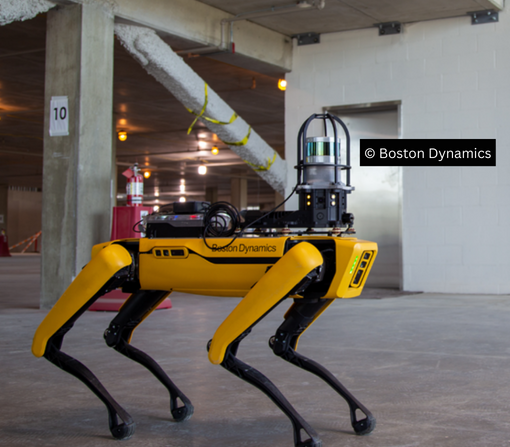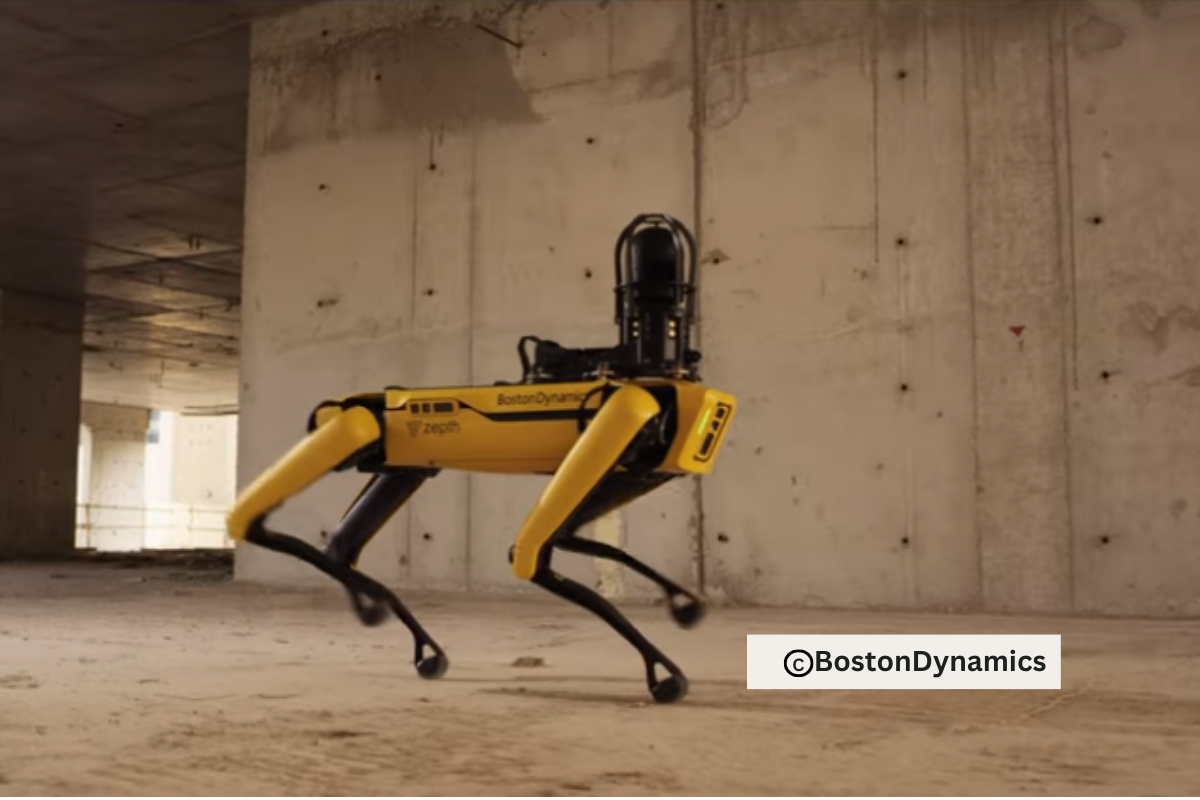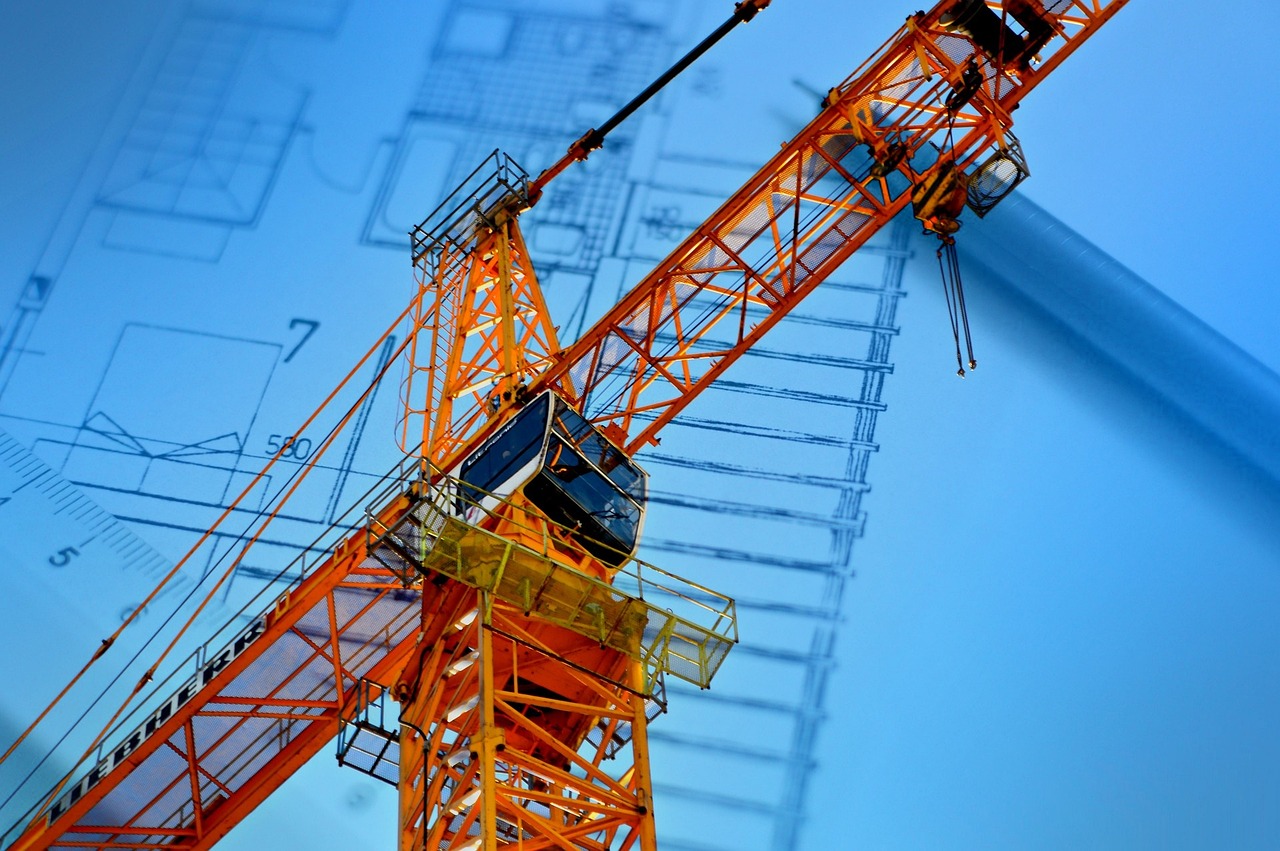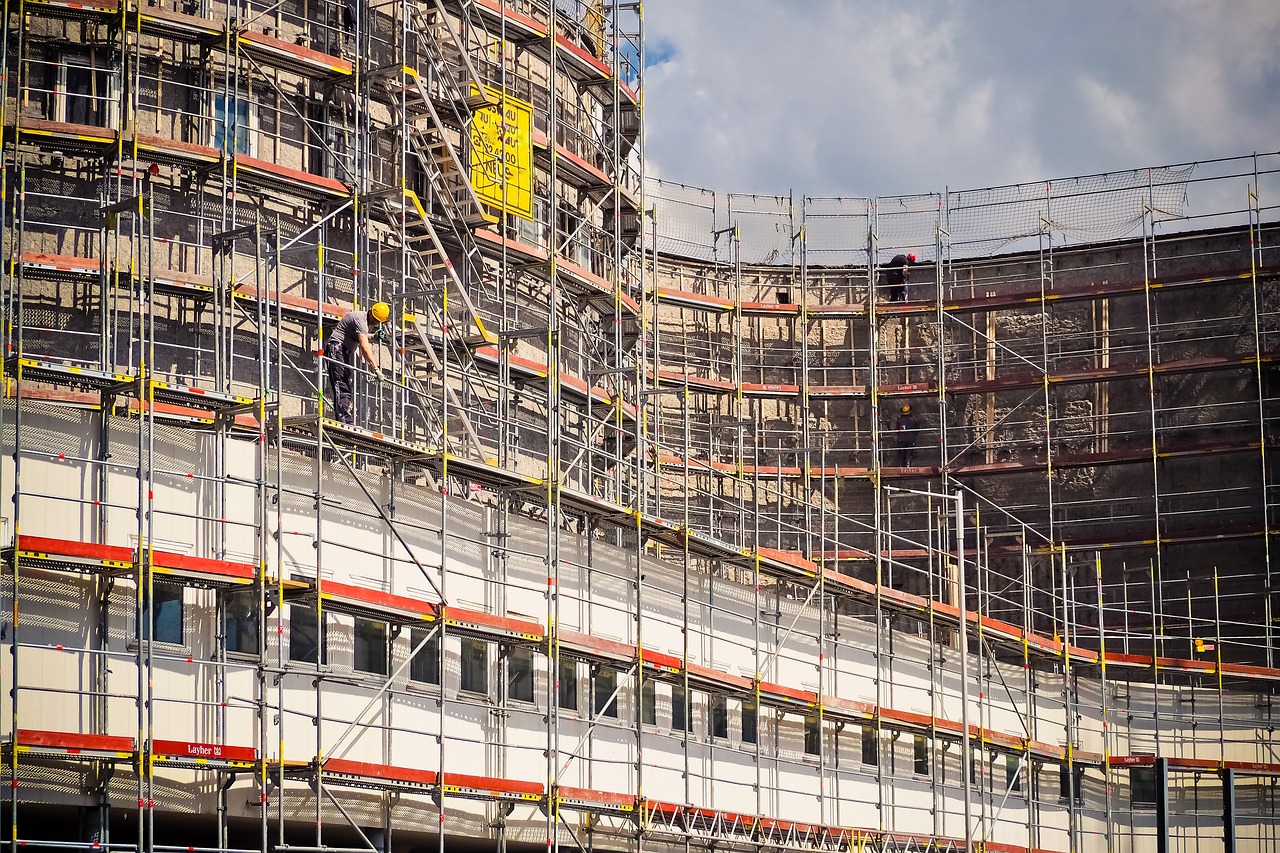Self-driving cars, remotely-controlled manufacturing robotics, large-scale 3D printers, and drones are just a few of the tools that promise to replace traditional construction tasks like materials handling, packaging, cutting, bricklaying, rebar tying, and quality control.
Robotics and computer-based automation are strongly related to the effort to digitise the industry and execute projects more quickly and precisely. The construction industry has seen an increase in robotics-based engineering innovations over the last few years and there’s good reason for that.
The high precision enabled by robotics helps eliminate waste – 3D printers create elements only using the necessary materials with no offcuts – while continually lowering the price and size of technology, combined with advancements in artificial intelligence (AI) and machine learning, means potentially huge efficiency gains.
Why has the construction industry been slower to adopt robotics?
While other sectors have welcomed robotics and advanced automation techniques to enhance productivity, the concept of robots on the jobsite has been a contentious issue in the construction industry, spurred by high initial costs and apprehension over displaced people.
However, in recent years, robots have begun to peer over the construction fence, taking over a portion of the most repetitious, back-breaking work which not only slows down progress but also injures people. Robots are progressively reducing some of those fears, thanks to an inflow of investment from private equity companies and technological improvements, and might be critical to the sector meeting world-class infrastructure and building demands one day.
The advantages robotics brings to the table:
Robotics in construction necessitates that the end-user properly comprehend and appreciate its benefits. It aids in comprehending the utilisation of robotics and technology in many industrial applications. Consider the application of robotics in civil engineering and construction.
- Maintain Site Safety – Robotics and automation on construction sites can improve safety. Maintaining workplace safety is critical. In a dangerous construction site, robots provide for simple management from a safe place without the need for human intervention.
- Better Efficiency – Construction robots are equipped with cutting-edge technology, resulting in increased job efficiency.
- Work Accuracy – Robots can help in improving accuracy and have precise data collection. That makes it easier to give results that are more useful and valuable.
- Cost and time efficiency – Robots are designed to be productive and efficient. They expedite work completion, lowering total cost and time for building projects over time. It’s also set to revolutionise the workforce, perhaps averting a deepening labour problem by automating repetitive tasks while freeing up the workforce to contribute towards more value-generating tasks like strategy and analysis.
What are some of the popular robotic innovations in construction?
“Robo-tech” has made news in recent years. Last year, a bricklaying robot demonstrated that it could construct the skeleton/shell of a house in just three days.
Then there are robots automating the tying of steel reinforcing bars. A robotic arm attached to a gantry crane locates and connects rebar joints before a concrete pour. According to its creator, the robot can equal the speed of a team of six to eight construction personnel while requiring just one worker to manage.
There have also been successful testing of robots that trundle around construction sites at night to autonomously record daily progress. They can manoeuvre around obstacles while taking comprehensive 3D survey scans and panoramic images. Advanced software can also compare as-built data to BIM to discover inconsistencies, allowing contractors to maintain track of quality and development.
Then, of course, there Spot by Boston Dynamics a mobile robot that can handle terrain with incredible agility, allowing you to automate regular inspection chores and data collecting in a safe, accurate, and frequent manner.
The robot’s base platform offers increased mobility and awareness for navigating stairs, gravel, and rugged terrain while capturing 2D and 3D data using onboard sensors.
To conclude:
Robotics and sophisticated automation are still emerging technologies that encounter technological obstacles and market restrictions. Large-scale 3D printers, for example, are still not in compliance with EU construction rules and are cost prohibitive. Sites are uncertain places, and robots are an excellent ally to help construction companies speeden their delivery and execution timelines.
Robots, or machines that work alongside humans, could be the more likely situation.




